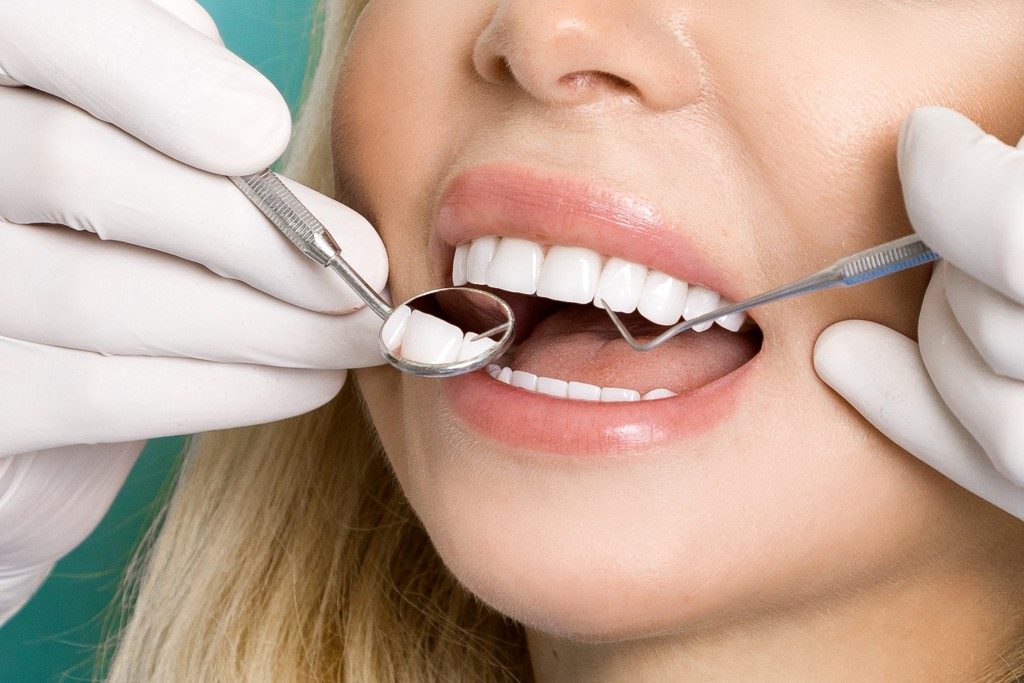Dental bonding is a tooth procedure carried out to give both restorative and cosmetic benefits to the user. Typically, a resin material is applied to conceal minor imperfections such as discoloration and cracks. Bonding will require no alteration in the natural teeth structure and is reversible. In areas like AZ, this procedure is often used for cosmetic smile makeovers.
A cosmetic dentist will pick the bonding material to match the original color of your teeth. That way, it complements your natural ones and blends with your smile. Perhaps the most alluring trait of dental bonding is the immediate results of having a brighter and better smile. Compared to other corrective procedures, bonding can take only one visit to the dentist and minimal preparation to achieve the desired results. If you have any of the following imperfections, you may qualify for dental bonding.
Chipped or gapped teeth
A teeth gap can be natural or resulted from a mismatch between the size of the teeth and the jawbones. These gaps can make teeth appear asymmetrical or misaligned. In this case, patients can have dental bonding to close the gaps or reduce them. Dentists can layer the chosen material on the teeth that create the spaces. This procedure can reduce the gaps, creating an evenly-spaced smile. A chipped tooth, on the other hand, can be caused by a sports injury, an accident, and so forth. It affects the entire appearance of the teeth because of the missing tooth part. Bonding will help make the tooth look whole again and protect it from further damage.
Discolored teeth
In some cases, professional whitening treatments can fail in correcting the discoloration in the teeth. An example of this is with intrinsic stains. These are stains created in the inner layer of the teeth. Certain medications and internal issues can cause this teeth problem. Alternatively, the stains could only affect a few teeth, especially if they are on the outer layer. In this case, bonding may be the best way to address this imperfection. It is also a good alternative for people with sensitive stained teeth. Since the procedure is done without altering the natural part, they won't experience any pain while having their teeth corrected.
Misshapen or slightly crooked teeth
For misshapen teeth, a composite resin can help to add length or width. When the tooth is a different size than the others, the bonding material can make it proportionate and transform your smile. For crooked teeth, bonding can be used to realign them. The procedure can give the appearance of adjusting the teeth alignment. The dentist uses the treatment to reshape the tooth or teeth before applying the resin to the adjacent ones.
Besides the qualifications regarding teeth imperfections mentioned above, to be a fitting candidate for dental bonding, you must also be in good oral shape. Although the treatment can address problems such as cavities or gum diseases, these issues can still complicate it. As a rule of thumb, avoid practices that can worsen the condition of your teeth, such as smoking.

